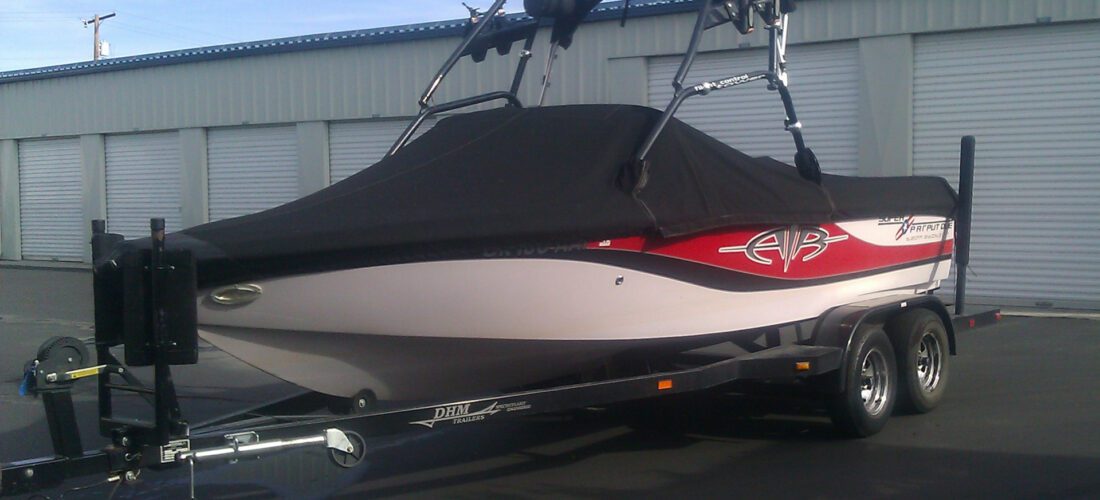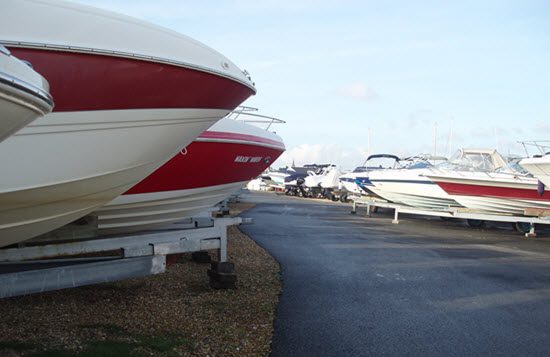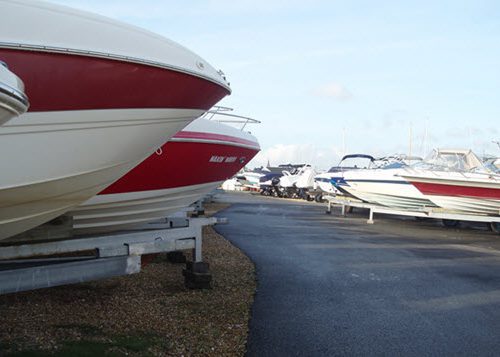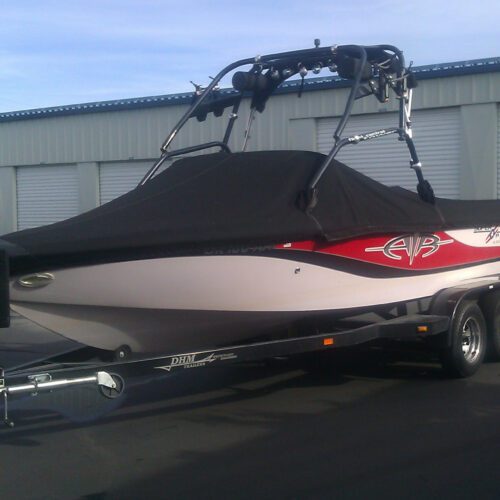Having a boat is a great experience and provides plenty of exciting adventures. However, in between those adventures, it’s important to store your boat correctly to avoid any unnecessary damage. Incorrect preparation can leave your boat vulnerable to wear and tear and can lead to frustrating and wallet-draining mechanical problems.
The guidelines below will help you keep your boat in the best condition while in storage. We’ll cover the various ways you can maintain your boat from the exterior, interior to the engine.
Get Boat Support
When storing a vessel for an extended period of time, it is important to first ensure the boat is secure throughout its storage period. It is best to support your boat with accurately placed hull supports to avoid any distortion or damage to the delicate hull structure.
There are many ways to provide adequate support including trailers, jack stands, blocks or a custom cradle.
Other critical areas that need strong support during storage include the engine, bulkhead and keel. Choosing an appropriate support system for your particular vessel will also save you time and money in the long run.
Clean your boat
Before placing your boat in storage, you will need to thoroughly clean your its exterior and interior.
Give the hull and decks a thorough scrubbing to remove all the dirt and residue that may have built up from your seaside adventures. This should prevent any mildew that can develop on damp and dirty surfaces of your boat.
Drain out any residual water in the vessel, clean and remove the bilge drain plug and open the seacocks to ensure your boat is thoroughly dry. You can also protect the metal components of the bodywork and trailer from corrosion with a light coating of a rust preventative solution.
We also recommend that you check the exterior for any scratches, dents or possible cracks in the hull. The dry conditions your boat will be exposed to in storage will accentuate any issues, posing a problem in the future if not addressed before the storage period.
When it comes to the interior, after cleaning make sure you remove any perishables still in refrigerators, lockers or other storage space. Leaving any food scraps or waste behind can attract unwanted pests and rodents.
Don’t forget to remove any belongings or valuables that may be remaining on deck. Placing mildew or odour control bags in storage spaces and within the cabin to keep the interior fresh for next use.
Check your mechanics and electronics
Once all the structural and aesthetic areas have been prepped, it is important to turn your attention to the mechanical and electrical components of the boat.
Firstly, it is a good idea to have the electronics removed before the storage period. This means taking the battery system out to maintain their charge over the period of inactivity. Storing the battery system in a dry indoor storage unit is the best solution to prevent any damage to the heart of the electrical system.
Aside from electronics, the engine will require some minor maintenance to ensure smooth running. Having the engine serviced by a professional prior to the storage period to replace your oil, oil filters and resolve any other technical gremlins which may be present within the motor is a good idea.
Make sure the fuel tank is filled to reduce the likelihood for condensation to occur within the fuel tank. Adding
Cover your boat
Once all the precious internals have been taken care of you are almost good to go. Finish off the preservation job by getting a cover to protect all the components from dirt and dust build up. This extra step should ensure you get the most mileage out of your storage maintenance and leave your boat in optimal condition for when you’re ready to use it next.
For more information on all things boat storage have a look at our site or get in touch with us today for more information on how to store your vessel.






